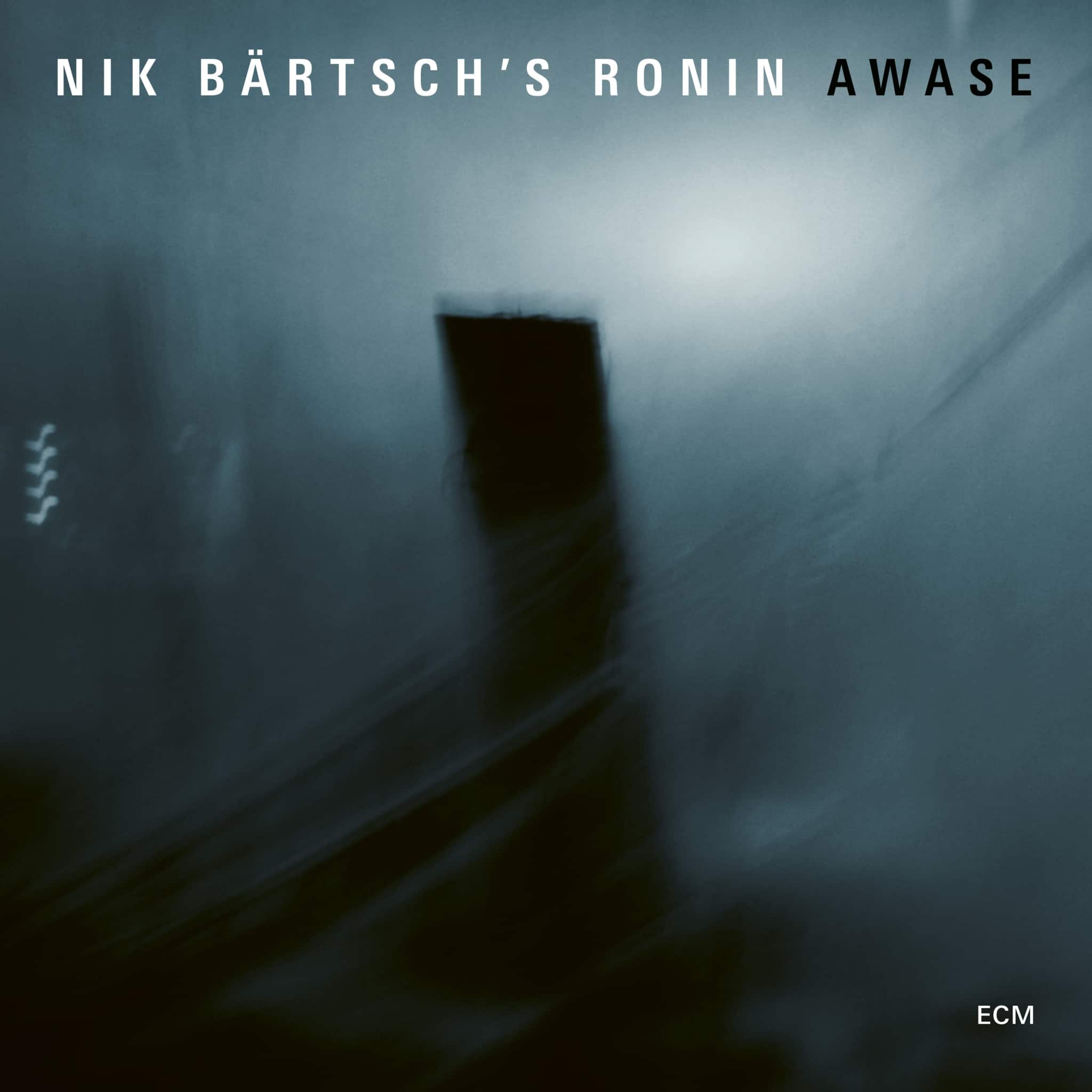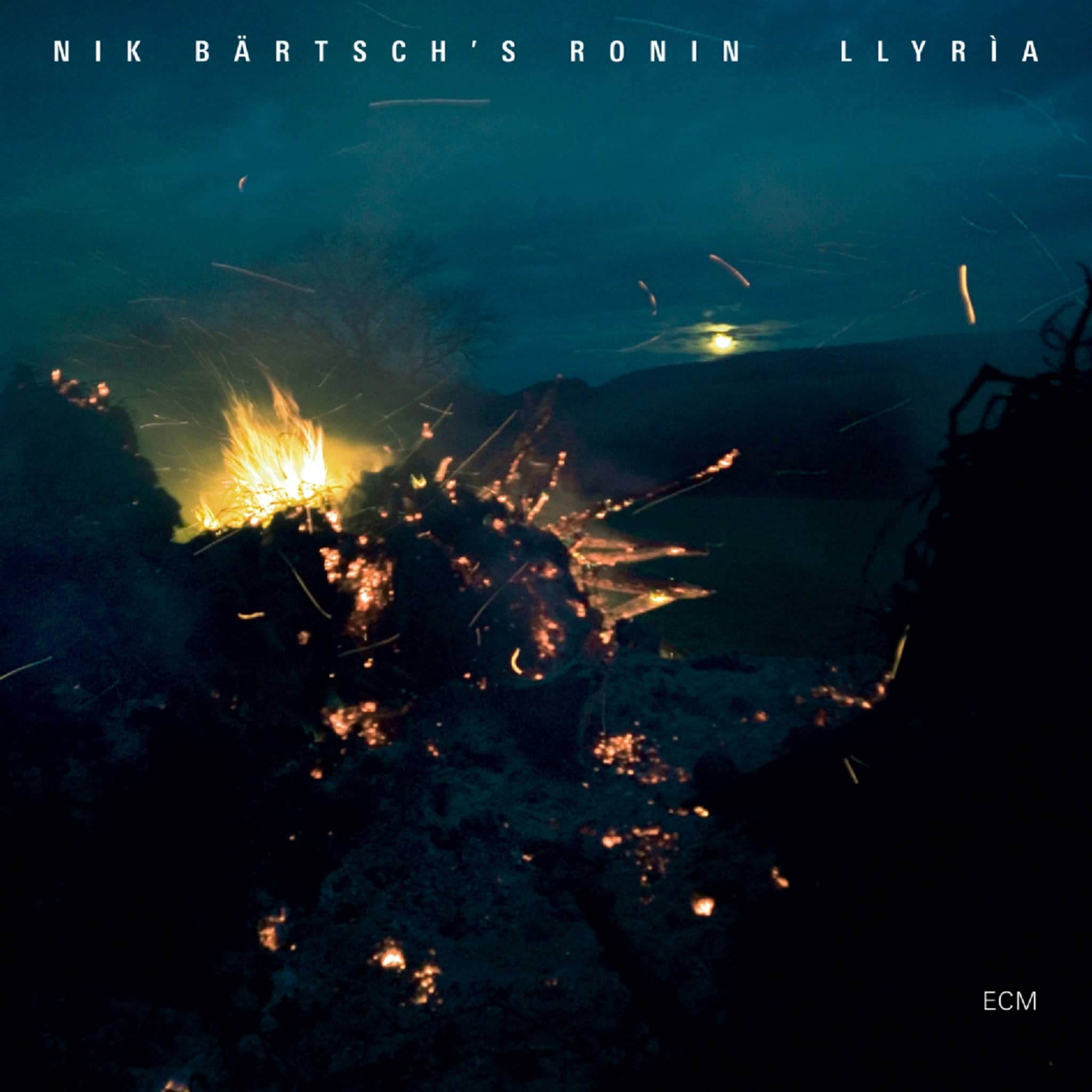Album insights
Das Streichtrio verfügt im Vergleich zum Streichquartett über ein wesentlich kleineres Repertoire, was vor allem daran liegt, dass das Komponieren für diese Besetzung größere Herausforderungen birgt. Während im Quartett die zweite Violine eine vollständige vierstimmige Harmonie ermöglicht, verlangt das Trio nach einer besonders sorgfältigen Instrumentierung. Dennoch nutzten Komponisten wie Mozart und Schönberg das Streichtrio bewusst, da es eine differenzierte Klangfülle zulässt und Raum für tiefgehende musikalische Gedanken bietet. Die drei auf der vorliegenden CD vertretenen Werke stammen sämtlich von Komponisten aus dem Vielvölkerstaat Österreich-Ungarn, der als kultureller Schmelztiegel galt.
Ernst von Dohnányi, international auch als Erno Dohnányi bekannt, wurde in Pressburg geboren. Seine Serenade für Streichtrio op. 10 zählt zu den ersten Stücken, in denen er eine eigenständige Tonsprache entwickelt. Brahms’ Einfluss ist unverkennbar, gleichzeitig finden sich neue Klangelemente und Anspielungen auf ungarische Folklore. Besonders das temperamentvolle Scherzo und die Variationssätze demonstrieren Dohnányis kompositorisches Geschick.
Arnold Schönberg, in Wien geboren, entstammte Gegenden, die später zu Ungarn und der Tschechoslowakei gehörten. Sein Streichtrio op. 45, entstanden im Jahr 1946, spiegelt seinen kompromisslosen Kompositionsstil wider. Das kompakte Werk gibt Einblicke in Schönbergs emotionale Verunsicherung, geprägt von scharfen Dissonanzen und abrupten rhythmischen Wechseln, und fasst seine Entwicklung zur Zwölftonmusik eindrucksvoll zusammen.
Bohuslav Martinu schließlich wurde an der Grenze zwischen Böhmen und Mähren geboren und komponierte sein zweites Streichtrio 1934 in Paris. Das Stück vereint Martinu typische Melodik und Rhythmik, inspiriert durch tschechische Volksmusik und barocke Elemente. Die beiden Sätze des Trios bestechen durch einen lebendigen, neoklassizistischen Charakter mit reichem Kontrapunkt und pulsierenden Rhythmen.





